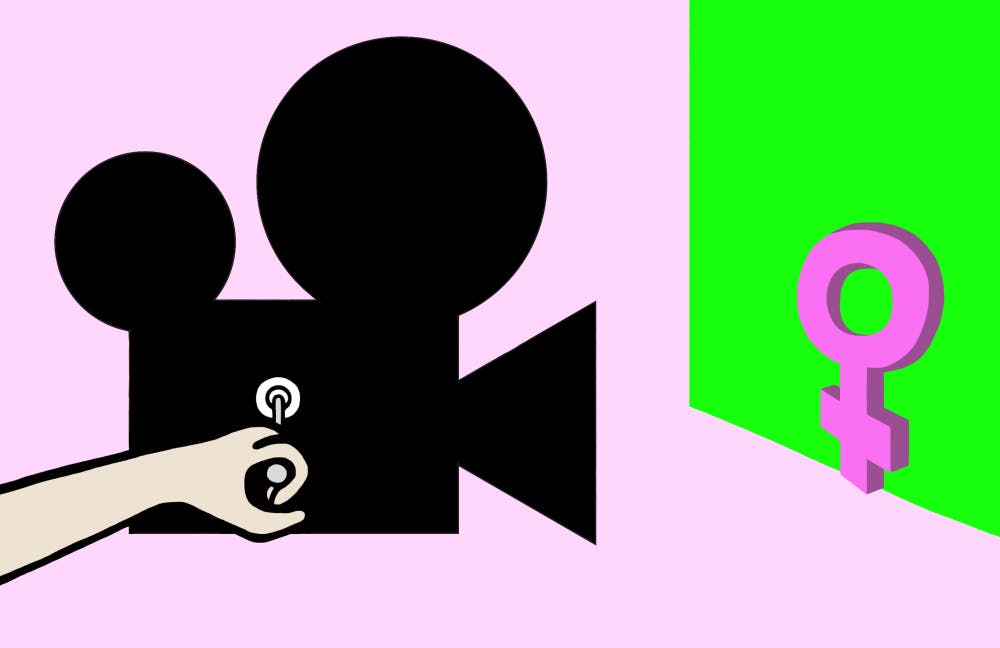Diversity in Hollywood has been a hot topic for the past several years, and future filmmakers in ASU's film programs are working to stay ahead of the game with their diverse course offerings and student population.
Last year, social media was abuzz with hashtag #OscarsSoWhite after the Academy Award nominees were announced and not a single actor of color was nominated.
The Academy announced this year's Oscar nominees on Jan. 24, which included seven nominations for actors of color, four of which are women — a move that is widely seen as a step forward.
ASU's film program to educates students about the lack of diversity by offering courses in race, sexuality and gender. These kinds of courses are often required for film majors at the Herberger Institute for Design and the Arts, as well as in the Film and Media Studies program in the College of Liberal Arts and Sciences.
Professor Tim Day, an ASU faculty associate for Film and Media Studies, teaches the online course, "Race and Gender in American Film."
The class considers how representations of gender and race have changed, or remained stagnant over the last century.
“Diversity is changing, but it’s a pretty slow process,” Day said. “There’s still racial stereotypes that were being used in the 1920s that are still being used today.”
He said that his students leave the class with a new perspective.
"Their eyes are opened to understanding how Hollywood uses embedded stereotypes to represent race and gender," Day said. "Though we sort of believe there's diversity in Hollywood, there's a greater awareness of the whiteness that's still really rampant across the entertainment industry."
Day said that he has had students of every race, sexual orientation and age take his class, often within a single term.
Quinlan Donovan-Schager is a film and media production junior. He said in the past year, two movies that stood out to him due to their representation of minorities were "Fences" and "Moonlight."
“I hope they get the recognition they deserve because they’re great films," he said. "Not because (the cast is) black or white. They stand up well with everything else that’s come out this year.”
As for his school's range, Donovan-Schager said he has seen a growth in equal enrollment between genders.
“My specific cohort only has three or four girls but the one beneath me has nine boys and nine girls, so it’s a 50/50 split," he said. "We definitely have voices from both sides as far as gender.”
Alyssa LoDolce is a filmmaking sophomore.
Within her classes, she said she's seen a fairly even female-to-male ratio and while the majority is white, she’s encountered people from all across the world in her classes.
“I’ve met people from Africa and China,” LoDolce said. “There’s definitely diversity here to be offered.”
As for Hollywood, LoDolce said she is excited to see films like “Hidden Figures,” and “Fences,” but thinks the big blockbusters are the going to be the ones who force change, like Marvel’s upcoming “Black Panther,” which will feature a primarily black main cast.
“Even with just ‘Rogue One,’ you have five leads, only one of them is white and she’s a female,” LoDolce said. “I think a huge blockbuster franchise having their core cast be racially diverse is a step in the right direction.”
Students in ASU’s film programs appear to be aware of the issue in Hollywood and are eager to see the industry move past it this year.
A lack of diversity extends beyond the film program and into the realm of ASU theater.
ASU's theater Spring 2017 program season features several shows directed by women, including “Titus Andronicus” and “Haboob,” as well as “Men on Boats,” a show starring a cast of no cisgender male actors.
The Herberger Institute mission seeks to “enrich the cultural life of the University, the community, the state and the region, extending beyond our borders,” and to “move the arts of theater, dance and film production into the future by building on their diverse histories and cultural contexts.”
For more information on events going on at the Herberger Institute, visit the school's calendar page.
Reach the reporter at cmlnarik@asu.edu or follow @carsonmlnarik on Twitter.
Like The State Press on Facebook and follow @statepress on Twitter.




